Truth About Brain Strokes: Treatment, Recovery, & What to Expect
Every year, around 15 million people suffer from brain strokes all over the world. It is becoming one of the top reasons for death among adults and is one of those medical emergencies that requires immediate medical treatment. Understanding these strokes, their treatment options, and the recovery process can go a long way in helping someone affected by the problem. In this blog, we will discuss everything about brain strokes, their treatment, recovery, and what you can expect. So if you want to know more about brain strokes for yourself, or a loved one, or simply wish to be informed, this blog is for you.
What is a Brain Stroke?
A brain stroke, commonly known as a brain attack, is when the blood flow in your head stops for a significant amount of time. It can differ from one person to another depending on the intensity of the stroke and the treatment option.
The incidents of strokes are higher in the Middle Eastern region as compared to the developed countries. Especially in the past several years, the stroke rate increased from 112 to 223 in a sample of 100,000 populations between the years 2000 and 2008.
To get the best brain stroke treatment, it is important to first understand the effects of stroke, the types of strokes and causes, and what happens during the recovery.
What Happens During a Stroke?
You experience a stroke when the blood vessels in your brain get damaged and start bleeding. Consequently, the blood supply gets stopped for longer than usual. Eventually, the brain cells don't get enough oxygen and start to die, which is called brain stroke. Consequently, the tasks controlled from that region of the brain get affected, and your brain function becomes distorted.
3 Types of Strokes in the Brain
1. Ischaemic Stroke:
In this type of stroke, a blockage occurs due to the formation of a plaque or clot. These clots form in the blood arteries and can cause severe complications. Its complications can last longer than compared to the TIA.
2. Transient Ischaemic Attack (TIA):
A transient ischaemic attack is a type of stroke in the brain where a blood clot appears and, in a while, reverses its effects. While it reverses its effects, it increases your chances of getting a brain stroke in the next 3 months.
3. Hemorrhagic Stroke:
A hemorrhagic stroke occurs due to a leak in blood vessels that gets inside the brain and increases complications for your brain.
What are the Symptoms of a Brain Stroke?
During a brain stroke, the brain tissues get damaged due to the blood flow in your brain. As a result, the bodily movement is controlled, but that part gets affected. Hence, the patients should get medical care as soon as possible for better recovery.
Some of the symptoms of a stroke are as follows:
- Problems in speaking and understanding what others are saying
- Paralysis is one of the common symptoms of stroke.
- Disorientation, confusion, low responsiveness
- Problem with walking
- Dizziness
- Poor balance
- Seizures
- Sudden and severe headache
- Poor speech
- Vision problems such as blurry, double, or blackened vision
- Feeling numbness on the face, leg, arm, or the body's one side
It is important to provide immediate medical attention to the patient to prevent any severe symptoms. It can help in preventing further severe symptoms such as:
- Long-term disability
- Brain damage
- Death
If you are suffering from one or more of these symptoms, you can book a consultation and get immediate treatment. The above symptoms and signs can help in identifying the effects of strokes and be largely helpful in preventing any further damage.
Brain Stroke Causes
The reason for strokes occurring mainly depends on the stroke type. Thus, the brain tumour recovery rate can be managed easily if it is identified on time. Here are the 3 different types of brain strokes along with their causes:
■ Ischaemic Stroke
An ischaemic stroke happens when the arteries become narrow or block the blood supply in the brain. The blood clots or low blood flow lead to these blockages, and the breaking of plaques can cause ischaemic strokes.
However, there are two different blockages that occur in the ischaemic strokes. They are cerebral thrombosis and cerebral embolism. The patient suffers from cerebral embolism when a blood clot appears in other body parts. Hence, they often appear in the arteries at the neck, upper chest, and heart. Further, it moves to the bloodstream and hits a narrow artery to pass the blood. Eventually, the clots tend to get stuck and also stop the blood flow, which leads to stroke. Thus, 87% of brain strokes are comprised of ischaemic strokes.
■ Transient Ischaemic Attack
The transient ischaemic attack is also called a ministroke, and it occurs when the blood flow in your brain gets blocked for a temporary period. However, its symptoms are similar to full strokes. But it is mainly temporary and automatically disappears after a few minutes.
To explain simply, a blood clot highly results in TIA. It may not be considered a full stroke, but doctors consider it an alarm. Thus, TIA strokes indicate that an actual stroke can happen, and necessary precautions must be taken.
As per the reports, about one-third of people who go through TIA and don't get the right treatment suffer a major stroke within one year. Thus, awareness and precautions play a major role in improving brain tumour recovery rates.
■ Hemorrhagic Stroke
A hemorrhagic stroke occurs when the arteries in the brain rupture or start to leak blood. Due to this, the blood occurring from the arteries creates pressure in the skull. Hence, the brain starts to swell, and this causes damage to the tissues and brain cells.
There are two different types of hemorrhagic strokes: subarachnoid and intracerebral strokes.
Subarachnoid hemorrhagic stroke is not very common. In this, the bleeding occurs in an area between the tissues and the brain.
On the other hand, intracerebral hemorrhagic stroke is highly common. Patients experience this stroke when the arteries burst and the tissues across the brain get filled with blood.
Can a Patient with Brain Cancer also have a Brain Tumour?
A brain stroke can also occur among patients who have brain cancer. They need to go through surgery to remove the brain clot. After the surgery, the patients may experience some side effects. Some of the common side effects of surgery are swelling of the brain and dizziness. The doctors may prescribe some steroids to cope with the swelling.
Other than that, some of the side effects include sweating, agitation, sweating, etc. But if you feel any other problems, you must inform your doctor immediately. Apart from that, it is always important to consult a doctor to understand whether the brain cancer patient can recover or not.
It is important to ask all important questions to the doctor. Doing this will help solve all your queries and relieve stress before the surgery.
Brain Stroke Life Expectancy
After a brain stroke, life expectancy can vary depending on the stroke type and its severity.
■ Ischaemic Stroke: This type of stroke is caused by a blockage in the blood vessels and has fewer complications than hemorrhagic strokes. An ischaemic stroke patient's 5-year survival rate was 49.4%, according to a Swedish study. This type of stroke has a high chance of causing a second major stroke. However, with quick treatment and monitoring, one can still have a satisfactory quality of life and live for many years after a stroke.
■ Transient Ischaemic Attack (TIA): Though a TIA itself is not typically life-threatening, it can increase your chances for a future stroke. According to a study, 91 per cent of hospitalised patients with TIAs survived one year after the stroke. The life expectancy of people who have had a TIA depends on their age, treatment, and lifestyle.
■ Hemorrhagic Stroke: This type, resulting from bleeding in or around the brain, tends to have a higher initial mortality rate and can lead to a difficult recovery. After one year, the average survival rate for a patient suffering from a hemorrhagic stroke is 34 per cent.
Treatment of Brain Stroke
To start brain stroke treatment, the doctor will run some tests. Then, they will set a plan of action to prevent the chances of a major brain stroke occurring in the future.
- Firstly, they will do a physical examination, including measuring the heart rate and blood pressure. They will also do a neurological exam to determine the effect of the stroke on the nervous system.
- Then, the doctor will also take some blood tests for blood clots, blood sugar levels, and infection.
- After that, they will conduct some important tests, such as a CT scan, MRI, cerebral angiogram, echocardiogram, etc.
The treatment also depends on the type of stroke a patient experiences. So, if you experience an ischaemic stroke, the doctor will do the following procedures. You can learn more about the brain stroke treatment by clicking here.
■ Intravenous Medication
Here, the doctor will proceed with the IV medication to break the clots. This treatment is given within 4.5 hours after the symptoms start to show. Hence, early treatment helps in improving the brain stroke recovery rate.
■ Endovascular Procedures
This procedure can help in reducing the chances of long-term disability after a stroke. This is also one of those reasons why a brain cancer patient can recover faster. There are two methods under this procedure. The doctors remove the clot with the help of a stent retriever and put medications directly in your brain.
■ Stents and Angioplasty
In this process, the medical practitioner will thread a catheter in the carotid arteries. Then, a balloon is inflated to expand the artery. Eventually, a stent is inserted to support the artery as well.
■ Carotid Endarterectomy
The carotid arteries are blood vessels that run from the neck's side to the brain. In this surgery, the plaque is removed from the carotid artery. It largely helps in reducing the risk of an ischaemic stroke. But this surgery also has some risks, especially for those who already have heart problems.
Apart from that, the treatment process differs when it comes to hemorrhagic stroke. The emergency treatment mainly involves reducing the pressure and bleeding in the brain. Hence, the following treatment options for hemorrhagic stroke are as follows:
■ Emergency procedures
Transfusions are given to those who take blood-thinning medicines to prevent blood clotting. Patients are also given drugs to reduce the pressure on the brain and blood pressure.
■ Surgical Clipping
A surgeon places small clamps in your brain to stop the overflow of blood. These clamps help prevent the burst in the aneurysm.
■ Surgical AVM removal
Thirdly, the surgeon places small coils in the aneurysm to fill it. Thus, it helps block the blood flow to the aneurysm and lowers the chances of blood clots.
■ Surgery
If the bleeding area is large, then the doctor will do surgery to relieve pressure on the brain. They can also do surgery to repair the blood vessels due to the stroke.
■ Stereotactic Radiosurgery
The doctors use beams of focused radiation for this type of surgery. Hence, this is an invasive treatment used to repair the malformations in the blood vessels.
Recovery after Brain Stroke
A stroke's intensity decides the recovery rate of a patient. After receiving the treatment, the patient will be kept under observation for at least one day. Then, the doctor will make sure to provide the necessary care for a brain stroke recovery.
Conclusion
In conclusion, a brain stroke can turn out to be deadly if discovered too late and not given proper treatment. Immediate medical help can help in increasing the chances of brain recovery rate. Apart from that, age, lifestyle, and risk factors play a major role in understanding how long a stroke patient lives.
The above information can help you understand the different types of brain stroke, its causes, and its treatment. If you want to prevent future problems such as brain tumours and brain cancer, then consult your doctor.
Get the Treatment for Brain Stroke
If you or someone you know wants to get brain stroke treatment at the top clinics in India, you can contact CureIndia for more information.









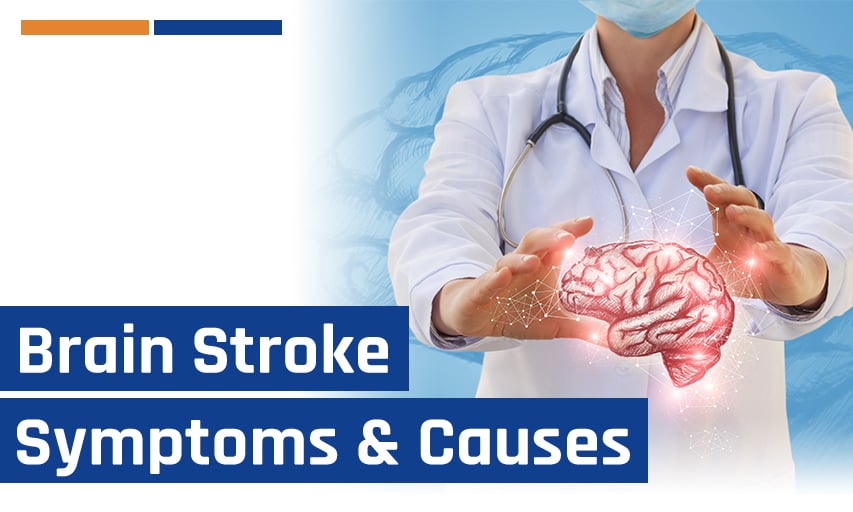




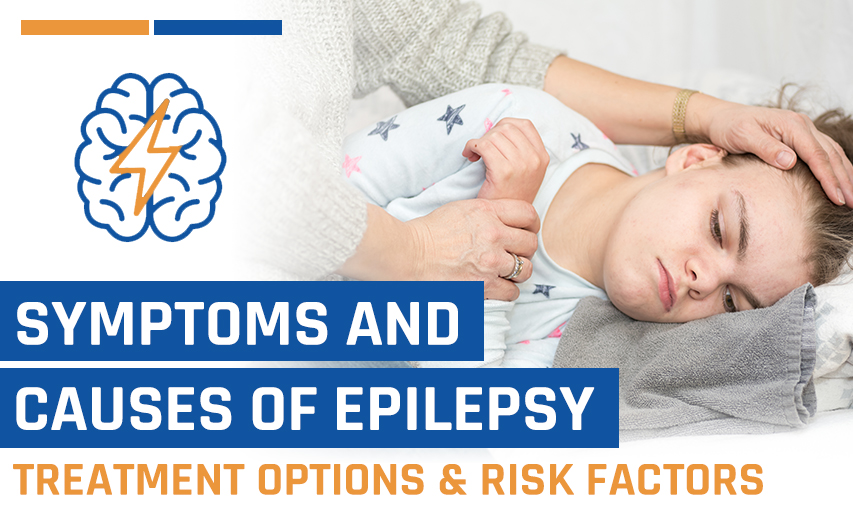
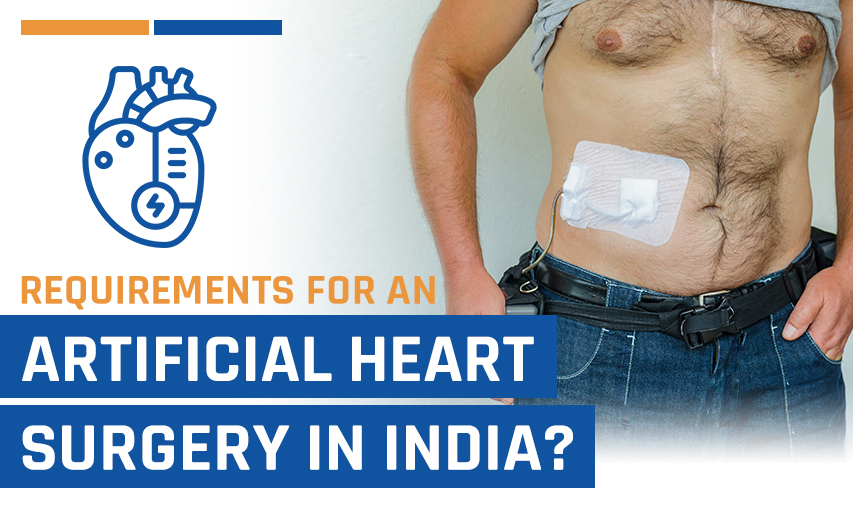
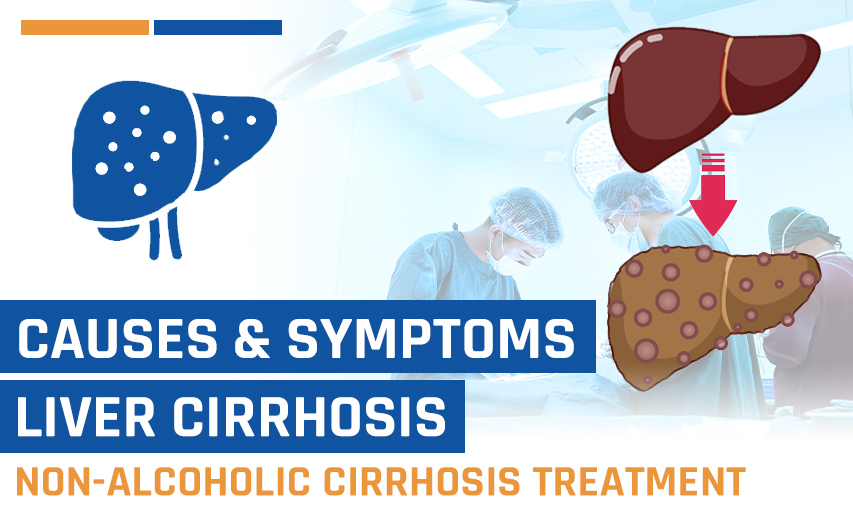
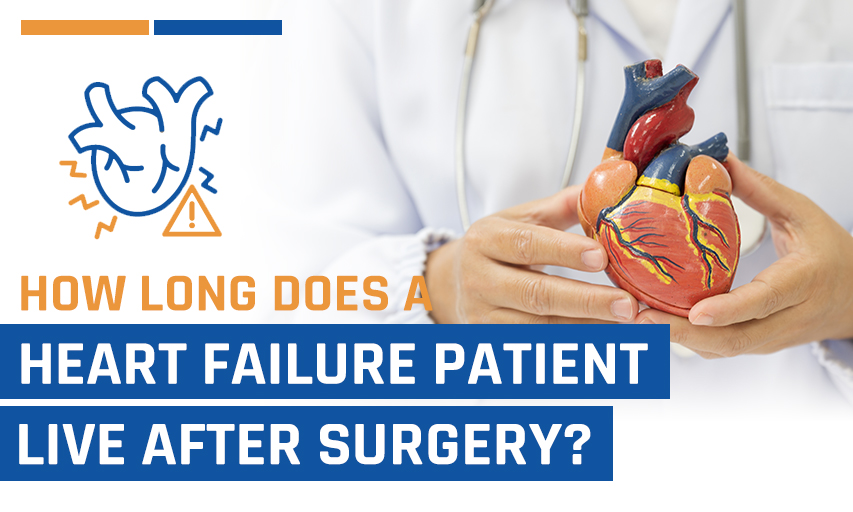


Be First To Comment
Leave a Comment